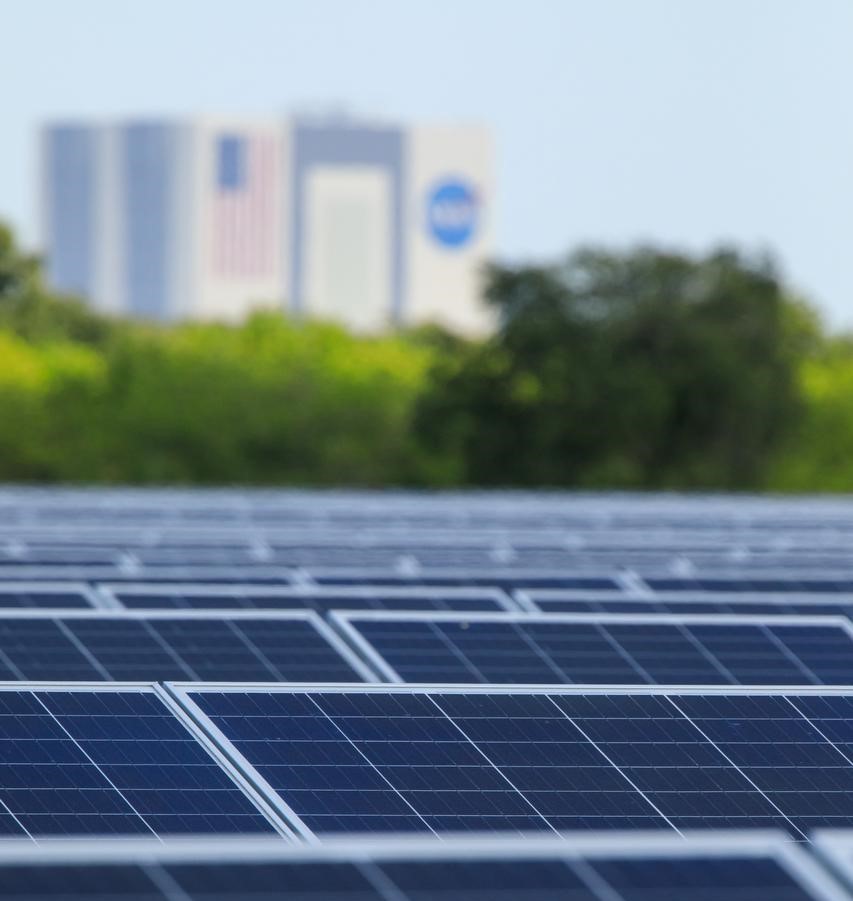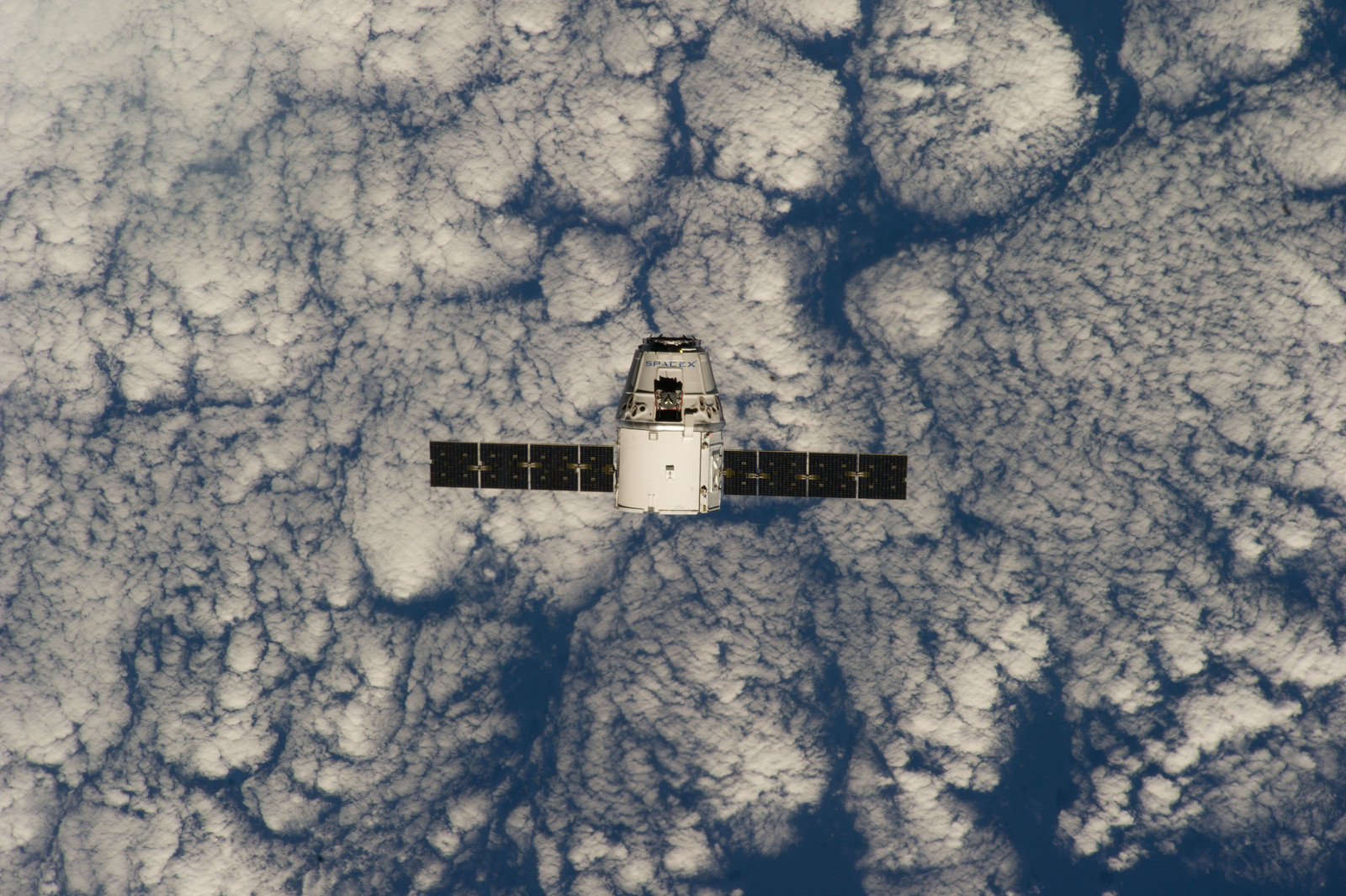Energy and Water Efficiency
Greenhouse Gas Reduction
The NASA Energy and Water Management Program’s vision is a NASA that successfully accomplishes its mission using the minimum amount of energy and water required.
The NASA Energy and Water Performance Plan (EWPP) outlines the agency’s strategy and management approach to realize this vision as well as meet Federal energy and water goals.
This strategic approach improves the sustainability and resilience of NASA’s operations by reducing greenhouse gas emissions, extending equipment life, improving the operating condition of facilities, and installing clean energy generation to the maximum extent practicable.

What’s Up?
To realize our vision, NASA’s energy and water management team is working to complete 26 initiatives in three different goal areas: strategic program management, affordability, and sustainability. We’re focusing on significant energy uses across the agency, focusing on infrastructure and equipment improvements like large motor drive replacements, as well as process improvements to operate more efficiently.
Did you Know?
Our Greenhouse Gas (GHG) emissions inventory includes almost all emission sources you can think of, including unique sources like refrigerants used in wind tunnel testing. NASA does not report GHG emissions for rocket launches and some research-related activity – these are specifically excluded from reporting requirements.
NASA is contributing to a greener utility grid through solar photovoltaic installations across the agency. NASA has recently partnered with local electric utilities through enhanced use leases at Kennedy Space Center and Michoud Assembly Facility to install over 100-megawatts of solar energy that feeds into the local electricity grid. These agreements allow NASA to lease underutilized land to the utility company in exchange for cash payment that are used for NASA maintenance, capital revitalization, and other property improvements.






























